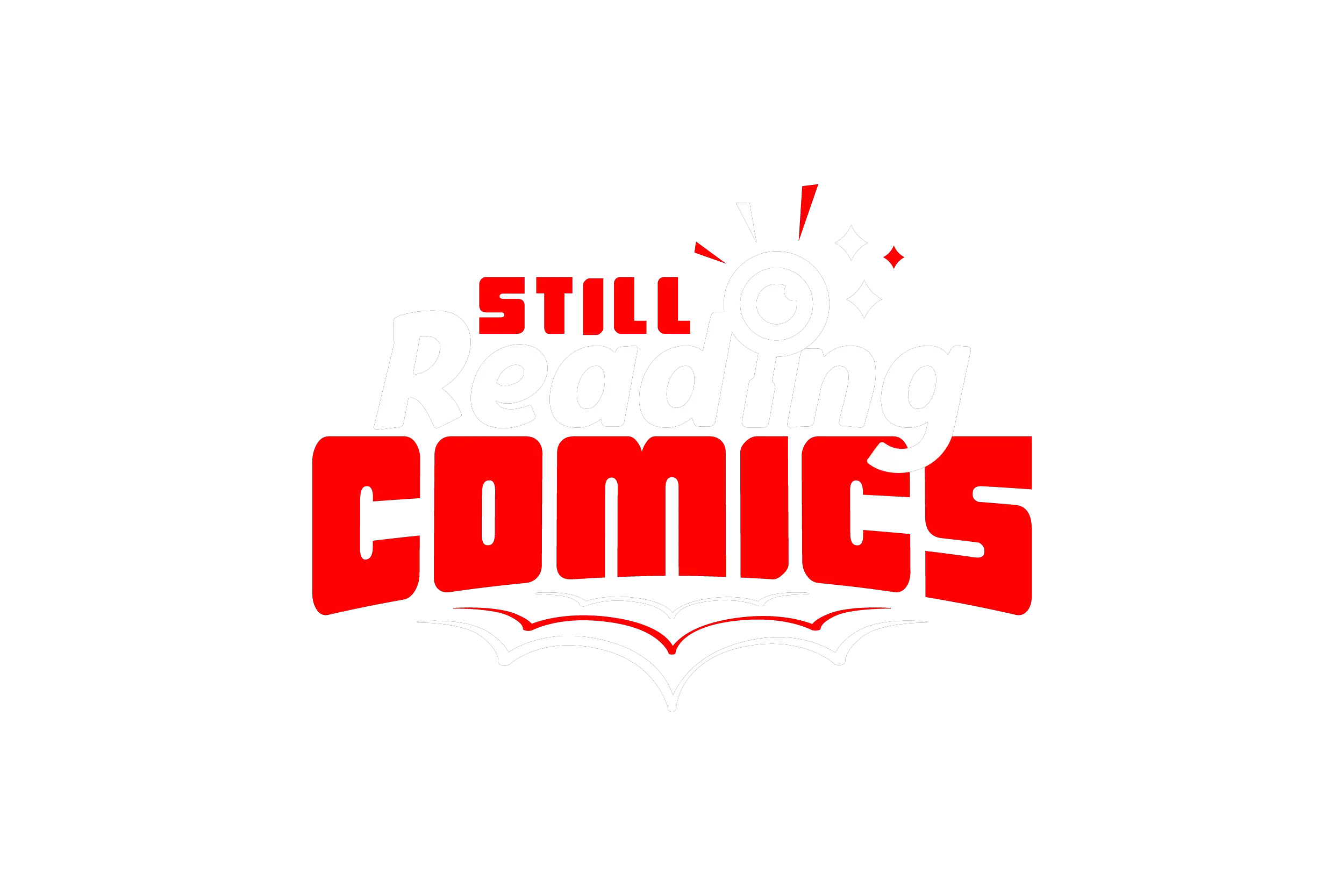Hero. Wizard. Acronym.
Rarely does one word represent so much. DC has gotten a lot of mileage out of “Shazam.” And, it’s been a complicated journey.
Billy Batson first fought as the hero called Captain Marvel in 1940. Published by Fawcett Comics, the young boy meets a wizard named Shazam. This name represents six ancient figures from whom he derived magical powers: Solomon, Hercules, Atlas, Zeus, Achilles, and Mercury. When Billy Batson is granted these same abilities, he simply shouts “Shazam!” to activate them. But, because of ensuing legal battles (and general confusion with the Marvel Comics character by the same name), DC was forced to make some changes. In a 2011 brand overhaul and relaunch, the hero formerly known as Captain Marvel adopted the moniker “Shazam” permanently.
Yet, Shazam is more than the Superman knock-off that many perceive him to be. No matter what you choose to call him, the best Shazam comics have always embraced a hokey, silly, “gosh darn” goofiness that is often lacking in newer, modern stories. Even recent runs try to capture the magic by replicating the qualities that helped Captain Marvel reach peak popularity during the 1940s.
If you, too, want to go back to a simpler time, Shazam can transport you there. And, better yet, you don’t even have to shout a catchphrase. Simply dive into one of these seven best Shazam comics.
Superman/Shazam!: First Thunder #1-4 (2005)
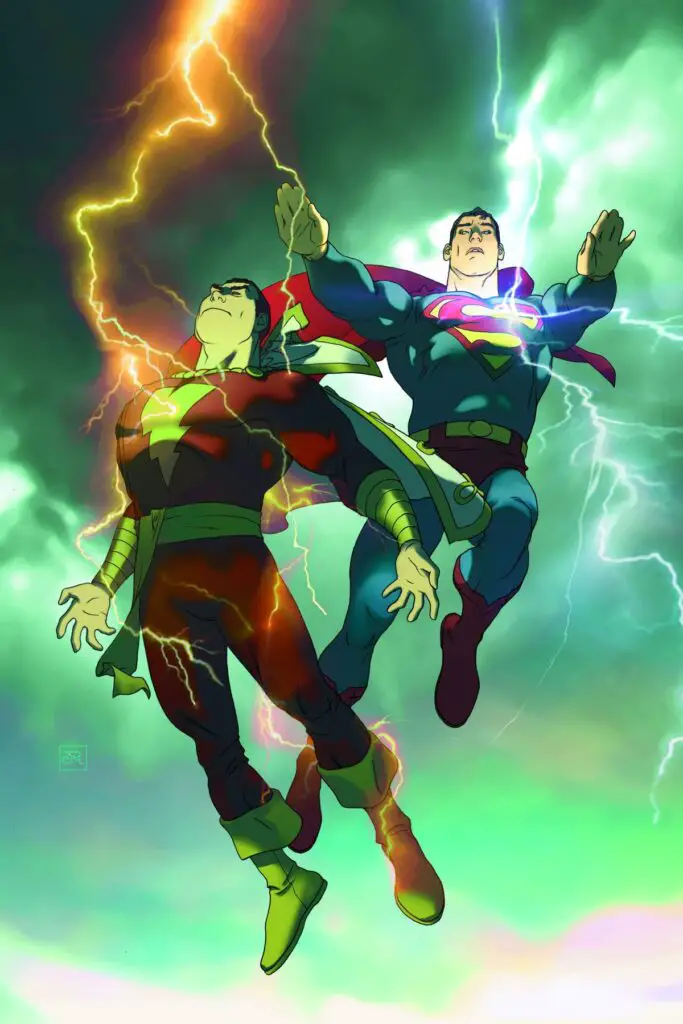
The Man of Steel and The World’s Mightiest Mortal share a contentious backstory, in both fiction and reality. Real-life legal battles and claims of copyright infringement have plagued publishers dating back to the 1950s. On the pages, their team-ups have been equally combative. Because of these disputes in the real world, most interactions between Superman and Shazam have been all-out brawls. However, this is different.
Superman/Shazam!: First Thunder #1-4 retcons the duo’s initial meeting. This limited series sees Superman become a mentor to young Billy Batson. This rich, fulfilling relationship is a refreshing change of pace from their previous encounters. Although many readers and critics draw comparisons between the two heroes’ similarities, this story clearly delineates what makes each character unique. Writer Judd Winick does a memorable job displaying each hero’s shared power sets and life outlooks, while still demonstrating how each can carve out different roles within DC comics.
Shazam!: The Monster Society of Evil #1-4 (2007)
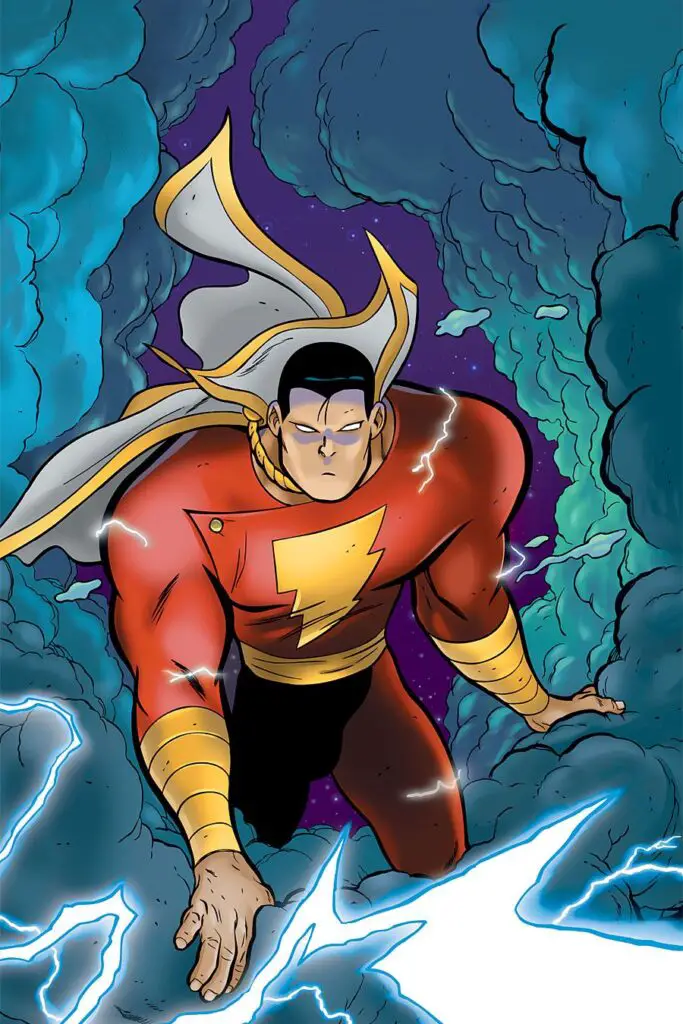
One of the best Shazam comics from the modern area isn’t that new after all. Led by Mister Mind, The Monster Society of Evil dates back to 1943 and represents Shazam’s greatest foes. In fact, this is widely considered the first team in all of comics to feature reoccurring, previously-fought supervillains rather than new characters. For this reason, many of the best Shazam comics pull from this deep history rather than looking forward.
This four-issue series re-introduces this infamous cabal while simultaneously retelling Shazam’s origin story. While this story arc harkens backs to the character’s Golden Age, it also represents a perfect, all-ages entry for modern readers. From the renowned cartoonist Jeff Smith, these pages depict captivating battles between the hero, alien invaders, and this rogues gallery. Yet this was a noticeable departure from gritty, noir-inspired stories. Shazam!: The Monster Society of Evil #1-4leans heavily in the other direction. Simple, clean art is paired with concise writing to provide a lighthearted, whimsical storyline that’s both new and classic.
Power of Shazam! (1994)
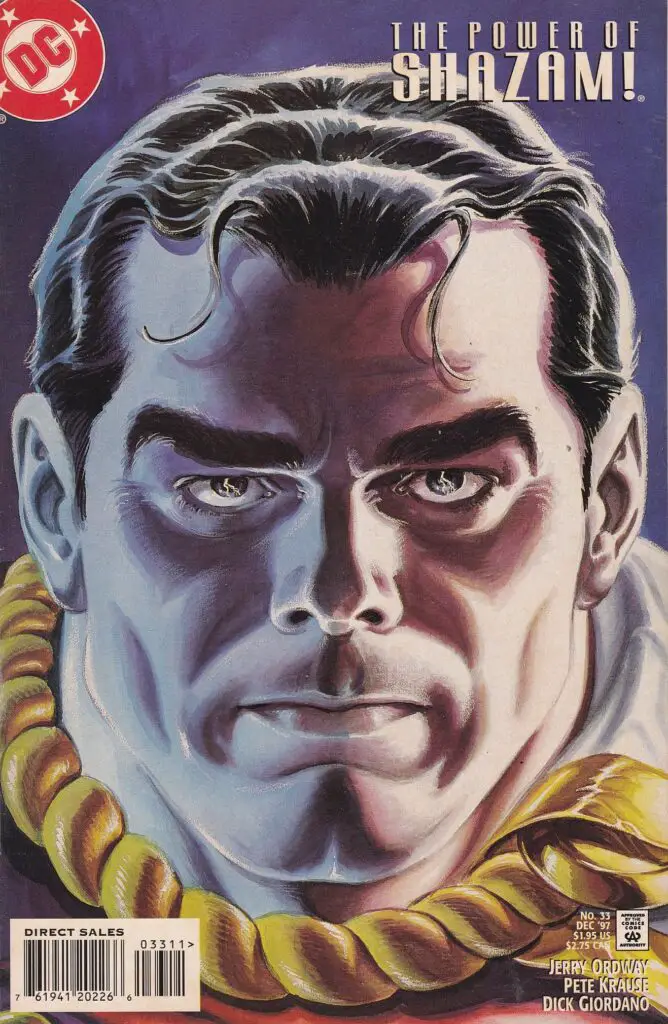
Despite being printed nearly a decade earlier, Power of Shazam! takes place in continuity after Superman/Shazam!: First Thunder. But, this original graphic novel reinvigorated interest in the character. Written and painted by the iconic Jerry Ordway, this 96-page story was so popular it spawned an ongoing series by the same name.
This represented a new beginning for Captain Marvel, who was still using his original nickname at that time. It also solidified his place amongst the other DC heroes. Jerry Ordway created a city for him to protect, restored the Shazam family, and elevated Black Adam into a worthy adversary. It merges Golden Age nostalgia with a modern flare. The greatest strength of this story is that it returns Shazam closer to his roots. Jerry Ordway weaves a tale of adventure, fantasy, and wish-fulfillment that has been a staple in the best Shazam comics ever since.
The Trials of Shazam #1-12 (2006-2008)
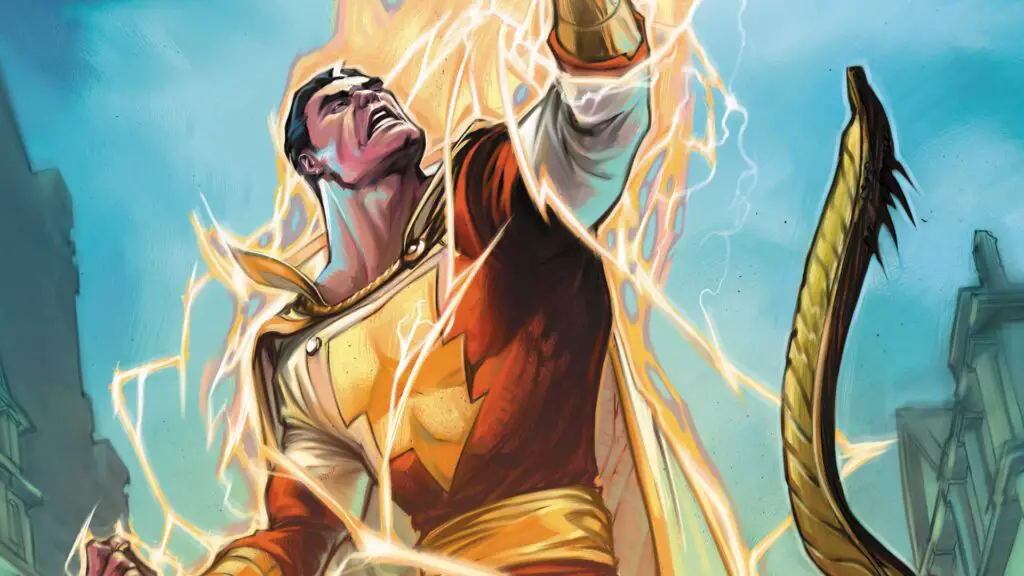
Spoiler alert: Shazam is dead. Just not the one you may think. The wizard, from whom Captain Marvel derives his powers, was called “Shazam” first. Although Billy Batson can summon these powers from the deceased wizard, The Trials of Shazam sees a whole new cast of characters attempt to take up the mantle.
The most notable is Freddy Freeman. The long-time Captain Marvel Jr. has an opportunity to shake his sidekick role following the events of Infinite Crisis. When Billy Batson assumes the wizard’s responsibilities after this crossover event, Freddy Freeman attempts to take the lead of the heroic family. But, first, he must complete a series of six trials and earn the power of the gods for himself. While this isn’t as cohesive as Judd Winick’s other entries on this list, it is an important milestone for the character. And, for Freddy Freeman, it’s a coming-of-age story following a young hero who struggles to impact the world around him.
The Multiversity: Thunderworld #1 (2015)
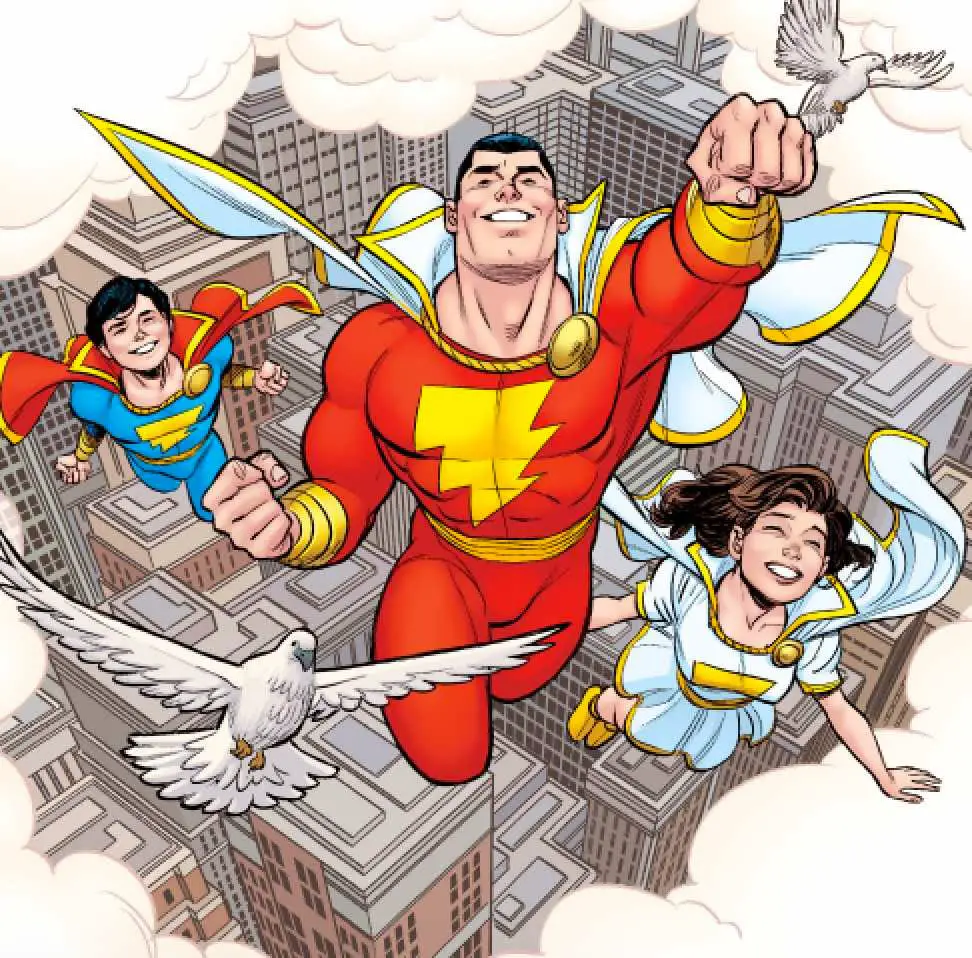
It’s odd that a single, tie-in issue within a larger event carries so much weight. Yet Grant Morrison delivers that and more with The Multiversity: Thunderworld #1. Despite being linked to this sprawling event, this standalone is a wonderful showcase of the original Golden Age character.
Grant Morrison offers up a celebration of Captain Marvel’s history, his family, and his entire rogues gallery. The result is a love letter to what made the character so iconic and captivating in the 1940s.
Shazam! Power of Hope (2000)
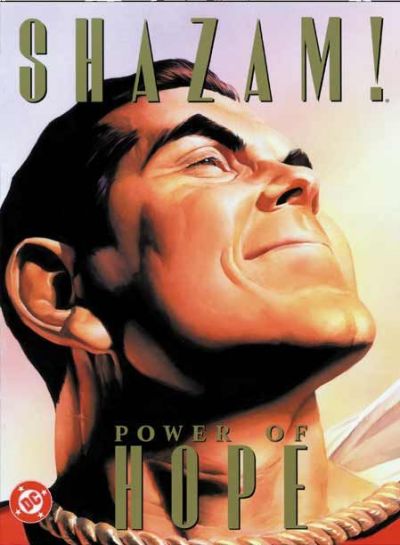
“Hope” is in the title, but it’s heart that makes this one of the best Shazam comics of all time. This is a story about superheroes on the most basic, grassroots level. Shazam isn’t tussling with henchmen or neutralizing cosmic threats. Instead, the hero visits a children’s ward at a local hospital. Here, Captain Marvel tries to spread some joy, happiness, and hope to these terminally-ill children. Essentially, he becomes a one-man Make-A-Wish foundation. It’s a simple, straightforward story that packs a powerful punch.
And this shouldn’t be surprising, coming from the minds of legendary creators like Paul Dini and Alex Ross. Paul Dini brings the same sensibilities that propelled him to fame on Batman: The Animated Series. He crafts a tale of unbounded inspiration and optimism. Alex Ross provides photorealistic illustrations that ground the characters and make the emotions even more raw. Together, they capture the aspirational qualities inherent in the best Shazam comics. This tear-jerker is a must-read.
Shazam!: The New Beginning #1-4 (1987)
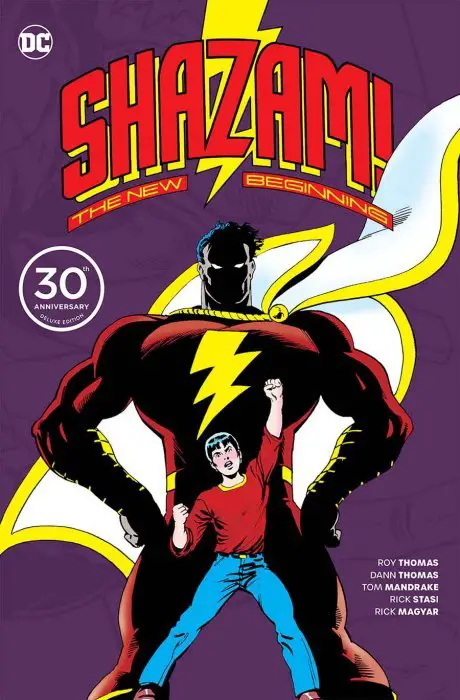
As the name implies, this mini-series was a reset of the hero’s history. Spinning out of the epic Crisis On Infinite Earths, many DC superheroes got updated origin stories. Captain Marvel is no exception. Roy Thomas hits refresh, serving readers an excellent, new introduction. Equally important, he also devotes pages to Dr. Sivana and Black Adam. With the upcoming films featuring at least one of these characters heavily, Shazam!: The New Beginning should be high on your best Shazam comics pull list.
Yet this series is worth reading for another reason. Roy Thomas introduced a character detail that’s remained mainstream to this day. When Billy Batson becomes Captain Marvel, he doesn’t change into an all-powerful being mentally too. He retains his child-like persona. This makes for a great primer for uninitiated readers.
